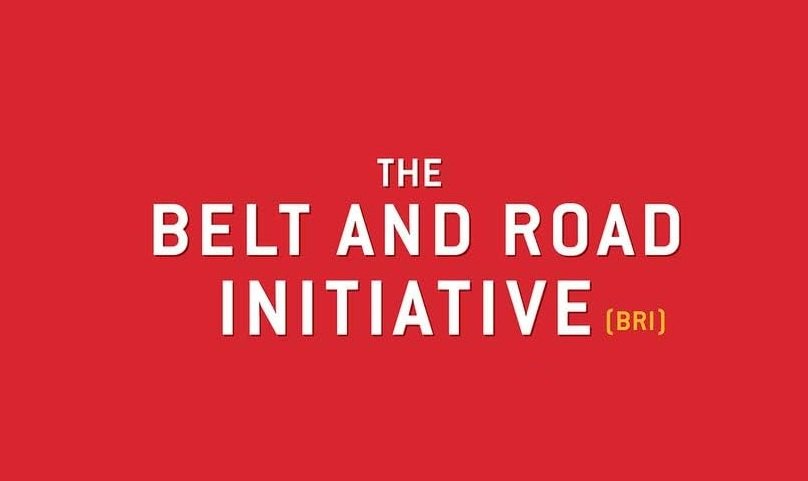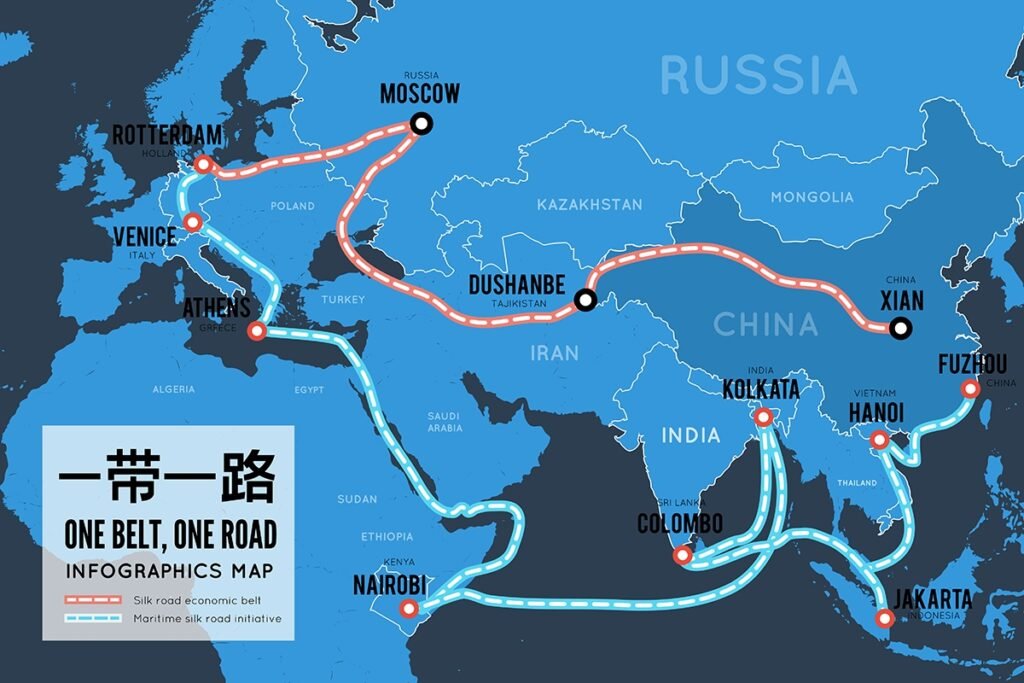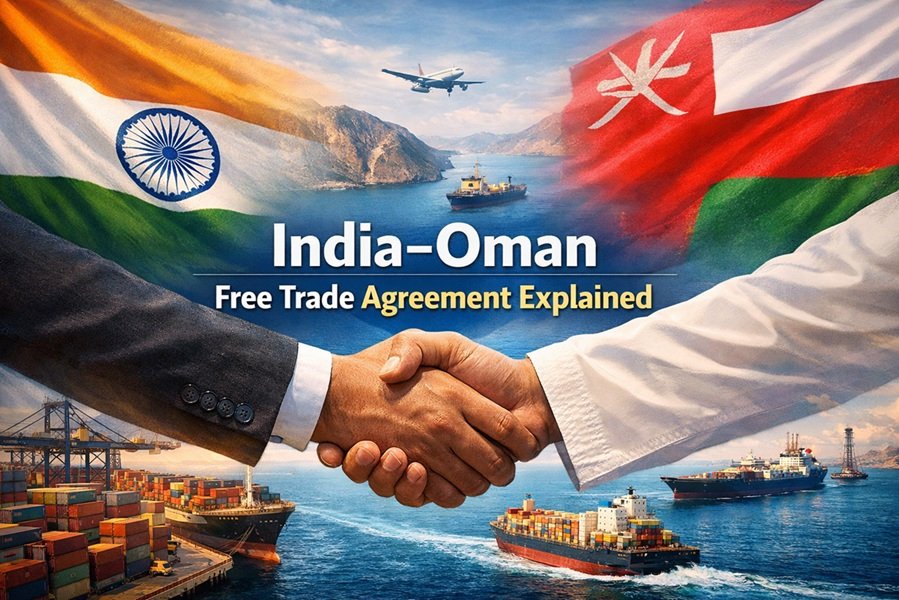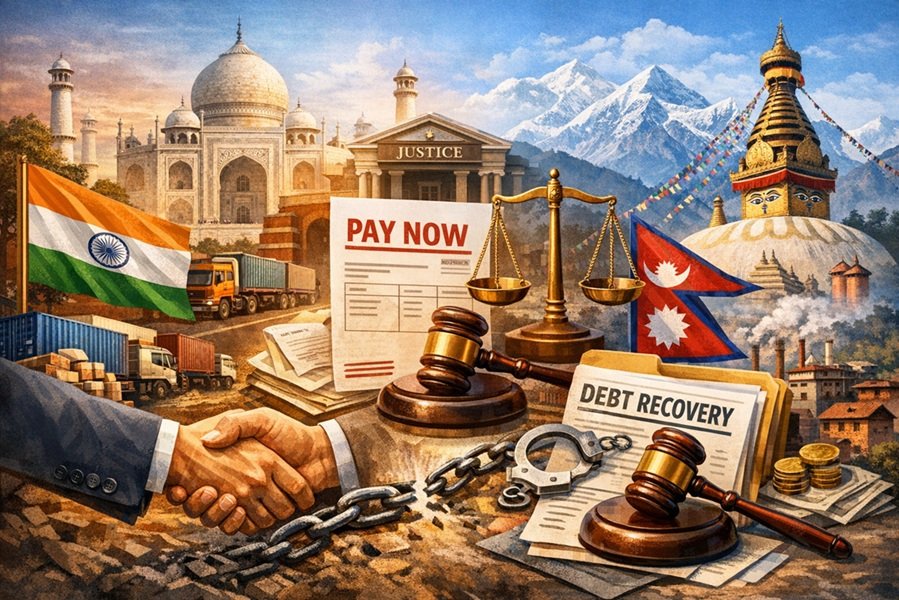
Introduction
The Belt and Road Initiative (BRI) is a global infrastructure development strategy launched by China in 2013. Proposed by President Xi Jinping, the initiative aims to enhance connectivity and cooperation across Asia, Europe, and Africa through investments in infrastructure, trade, and economic partnerships. Often referred to as the modern Silk Road, the BRI is one of the most ambitious economic and diplomatic projects in recent history.
Origins and Objectives
The BRI was officially announced in 2013 during Xi Jinping’s visits to Kazakhstan and Indonesia. The initiative consists of two major components:
- The Silk Road Economic Belt – A land-based route connecting China to Europe via Central Asia.
- The 21st Century Maritime Silk Road – A sea-based route linking China to Southeast Asia, South Asia, Africa, and beyond.
The primary objectives of the BRI include:
- Promoting trade and investment across participating nations.
- Developing infrastructure such as roads, railways, ports, and energy projects.
- Strengthening political and economic ties.
- Enhancing China’s global influence and leadership in international economic affairs.

Key Components of the BRI
- Infrastructure Development – Large-scale investments in transportation, energy, and digital connectivity.
- Trade and Economic Corridors – Establishing trade hubs and economic zones to facilitate commerce.
- Financial Cooperation – Partnerships with international banks, the Asian Infrastructure Investment Bank (AIIB), and the Silk Road Fund.
- Cultural and Academic Exchange – Enhancing people-to-people ties through educational and cultural programs.
Global Participation and Impact
Over 140 countries and international organizations have signed agreements to participate in the BRI. Some key projects include:
- The China-Pakistan Economic Corridor (CPEC)
- The Port of Gwadar in Pakistan
- The Mombasa-Nairobi Railway in Kenya
- The China-Europe freight train network
The BRI has had significant economic benefits, including boosting trade, creating jobs, and improving infrastructure in participating countries. However, it has also raised concerns regarding debt sustainability, environmental impact, and geopolitical influence.
Challenges and Criticism
Despite its successes, the BRI has faced criticism and challenges:
- Debt Diplomacy – Critics argue that China’s lending practices burden participating countries with unsustainable debt.
- Environmental Concerns – Infrastructure projects may have ecological consequences, including deforestation and pollution.
- Geopolitical Tensions – Some countries view the BRI as a tool for China’s strategic dominance, leading to skepticism and resistance.
Future of the BRI
China continues to expand and adapt the BRI to global economic changes. There is an increased focus on sustainable and digital infrastructure, as well as regional partnerships. The initiative remains a key element of China’s long-term economic and diplomatic strategy.
Conclusion
The Belt and Road Initiative is a transformative global project with far-reaching implications. While it offers significant economic opportunities, it also poses challenges that require careful management. As the BRI evolves, its success will depend on cooperation, transparency, and mutual benefits among participating nations.






